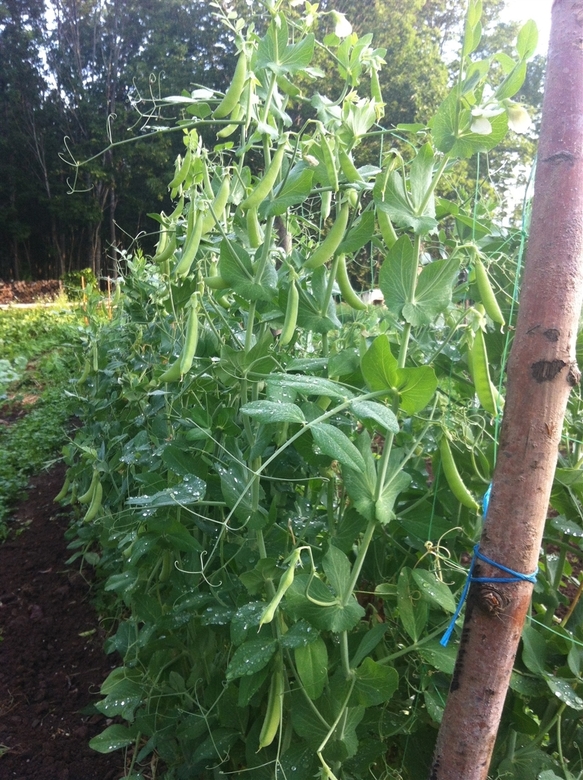
Despite the high returns sugar snap peas can offer to farmers when well managed, most growers do not understand how the entire process of producing the crop especially for international markets something which can results up to 100 per cent crop rejection by exporters.
According to a 2010 case study on Nandarasi Gate Self-Help Group located in rural central Kenya constituting of farmers growing peas for export to Europe, the farmers were experiencing up to a 20 per cent rejection rate on some of their produce dwindling their income.
In addition, when the weather conditions were harsh (too much rain, drought, hailstones, or frost), they would lose between 20 per cent and 100 per cent of their crop something which forced them to device other means of producing the crop to minimize losses.
Generally a kilo of the sugar snap peas fetches between Sh60 in low season and up to Sh250 during the high season.
But how can farmers grow the highly lucrative crop to meet the global standards given it produces juicy pods with small tender peas inside as it is a cross breed between snow peas and regular green peas making it a delicate crop to grow?
RELATED ARTICLE: Reduced spacing increases cowpeas yields per acre
Cultivation of Sugar snap
The best time to grow the snap peas also called cascadia is after the early rainy season when the temperature is (7 C.) or higher as the soil ought to be dry enough to be able to till, according to Kenya Fresh Produce Exporters Limited, exporters of the peas among other fruits and vegetables.
Seeds should be planted 1 to 1.5 inches deep and 1 inch apart, with 18 to 24 inches between pairs of plants or rows.
A hoe should be used to cultivate the peas shallowly to avoid injuring their roots.
Mulch around the roots is also encouraged to prevent the soil at the root from becoming too hot in afternoon sun and too much moisture from rain building up around the roots.
RELATED ARTICLE: Research institute introduces three varieties of chicken peas suitable for short rain seasons
Agronomists assert that too much sunshine can burn the plants, and too much water can rot the roots.
According to Selina Wamucii, exporter of fresh produce they source the peas from Taita Taveta, Meru, Uasin Gishu, Trans Nzoia and Nyeri. The areas 4 to 6 hours of sunshine each day that the plant requires to flower and produce pods in two months.
RELATED ARTICLE: Towns offering double prices for fresh peas
Harvesting of sugar snap peas
To when to pick sugar snap peas, farmers should pay attention to the pods and pick when they are swollen.
The best way to know when your snap peas are ripe enough is to pick a couple each day until you find them to be perfect. Don’t wait too long because the peas can become tough and unusable.
The high seasons for this crop falls between March and June and again between November and January.
















Comments powered by CComment